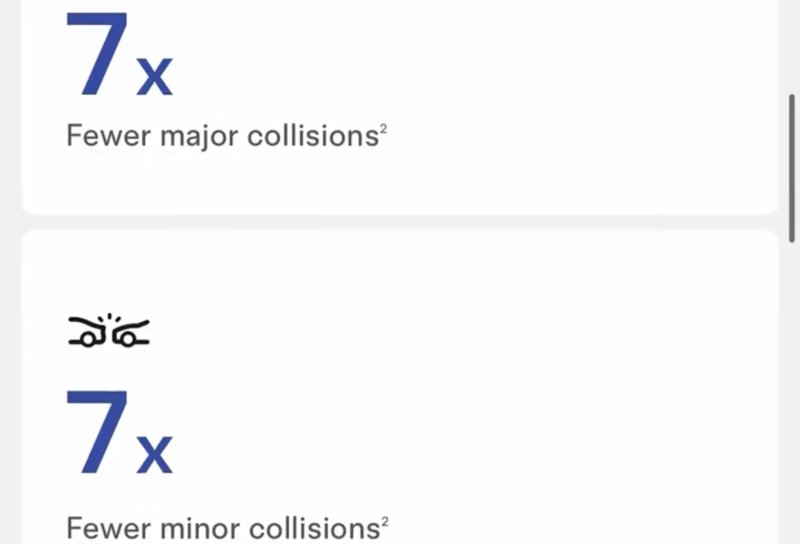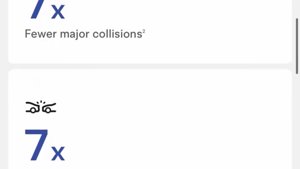In its ongoing quest to win the hearts and minds of drivers and regulators, Tesla, Inc. has launched a new public-facing safety webpage for its Full Self-Driving (Supervised) system. The site features a live, spinning counter of total miles driven with the system engaged—currently north of 6.3 billion miles—and makes some rather audacious claims about its safety performance compared to puny human drivers.
According to Tesla’s own data, engaging FSD (Supervised) results in 7x fewer major collisions and 7x fewer minor collisions. The company also claims a 5x reduction in off-highway collisions. This move replaces Tesla’s previous safety reports, which focused on the less advanced Autopilot system and often drew criticism for making misleading “apples-to-oranges” comparisons. The new page provides more granular data, a welcome, if overdue, nod to transparency.
Why is this important?
This is a calculated offensive in the heated public relations war over autonomous vehicle safety. By publishing a slick webpage with a live odometer, Tesla is attempting to seize control of the safety narrative with its own, curated data. While the numbers look impressive, the methodology and the baseline for “human-driven” comparisons will inevitably face heavy scrutiny from safety advocates and federal agencies. It’s a bold transparency play, but one that presents its data without the full context of peer-reviewed analysis that competitors like Waymo have published.






